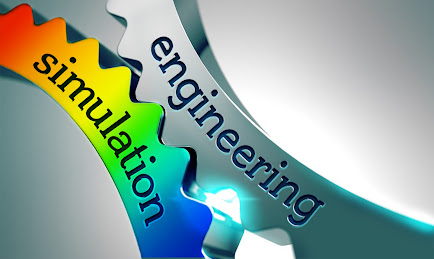How CFD simulation is Helpful in Eliminating Cavitation?
The study of fluid motion by use of computational methods is known as Computational Fluid Dynamics (CFD). CFD consultants allows you to evaluate challenging issues, including an interaction between fluids, solids, and gases. CFD analyses are commonly utilized in the engineering domains of aerodynamics and hydrodynamics to derive quantities like lift and drag as well as field parameters like pressures and velocities. In fluid dynamics, partial differential equations represent physical rules. CFD solvers that are state-of-the-art take these rules and convert them into algebraic equations that can be quickly and accurately solved numerically.
Using CFD Modeling to Eliminate Cavitation
When anything (like a propeller) travels through a liquid, it causes a phenomenon called cavitation, which is the creation of vapour bubbles inside the liquid. Impellers, nozzles, turbines, spillways, and valves are all susceptible to damage from cavitation.
Cavitation is a major issue in fluid dynamics that has significant consequences in many branches of engineering.
Isn't that the main problem?
Because the damage generated by cavitation is slow and displays no evident symptoms until it reaches a critical threshold, it is exceedingly difficult to identify the damage during physical stress testing.
Vibration and noise metres, for instance, can be used to assess how much damage cavitation has done to a propeller. This kind of damage, however, cannot be reliably measured by the vast majority of devices.
However, engineers may use CFD cavitation modelling to establish incredibly fine limits that would be extremely challenging to detect experimentally. In order to increase the adaptability, longevity, and security of their initiatives, they can measure on a finer scale than ever before.



Comments
Post a Comment